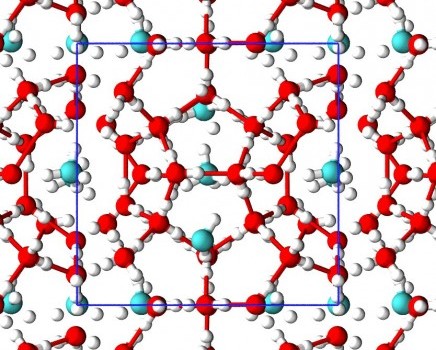Benchmarking the performance of density functional theory and point charge force fields in their description of sI methane hydrate against diffusion Monte Carlo
Stephen Cox, Mike Towler, Angelos Michaelides, Dario Alfè
Preprint available: http://arxiv.org/abs/1402.6874
Due to the problems that gas hydrates pose to the energy industry (their formation blocks gas and oil extraction lines) and their potential as an untapped energy resource (there is an abundance of naturally occurring methane hydrate that exceeds conventional gas reserves by at least an order of magnitude), there has been much interest in modelling gas hydrates using computer simulation in recent years. To describe the interactions between the water and methane molecules present in gas hydrates, it is common to use approximations at the density functional theory (DFT) or force field (FF) levels. There is, however, a lack of high quality reference data to which the performance of these methods can be compared. This article remedies this by presenting high-quality diffusion Monte Carlo (DMC) data for bulk sI methane hydrate, the first such data for this type of system.
We also test a variety of commonly used DFT and FF methods against the DMC data. How to account for van der Waals dispersion forces in DFT is currently one of the hottest topics in computational chemistry and physics, and one of the main aspects of this work is investigating how dispersion corrected functionals affect the results relative to the local density and generalized gradient approximations. Although we find that dispersion corrected functionals improve some of the results, they do not guarantee an improved description of methane hydrate in all areas.
Not only will this work be of interest for developers of FFs and DFT, but also for anybody with an interest in using computer simulation to model methane hydrate that wishes to validate their methods.
